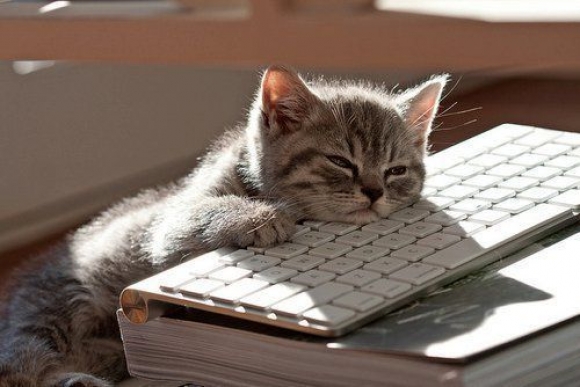Books were everywhere in my childhood - in the classroom, the primary school book shop (a regular pop up long before “pop up” became a retail trend), BBC’s Jackanory, and at home. For birthdays and Christmases, relatives and family friends gave me books ranging from classic fiction to encyclopaedias. If it wasn't a book it was a WHSmith voucher (vouchers are always a safe bet and said retailer stocked items considered “useful” or “educational” by adults) which nearly always paid for another book. I read extensively on train journeys, family holidays and in the dinner queue at school.
My highlight of my first trip to the Lake District was visiting Beatrix Potter’s home, illustrations of which appeared in her works - the first trip to a historical site that I clearly remember being thrilled to see and it was all because of a love of a book collection. The first autograph I obtained was by David McKee in a copy of The Sad Story of Veronica Who played The Violin and included a personalised drawing (a cat standing on a plinth with a violin). I regretted not having met Roald Dahl before he passed away. Authors were my first favourite celebrities.
As I entered my teens I started to read my parents’ novels from the living room bookshelves while also acquiring more books for my own bookcase, the contents of which had started to spill onto the floor and under my bed. The fantasy of C.S. Lewis gave way to that of the sensual Isabelle Allende and Milan Kundera. Venturing into adult fiction opened up more new worlds to me - narratives from a wider scope, flawed and therefore more believable characters, historical viewpoints from lands that existed in reality and not just mythology. At this point I had not travelled to many places beyond Europe but the likes of Arundhati Roy and Gabriel Garcia Marquez transported me there and gave me experiences that no tour guide could match.
English literature was one of my best subjects at school and it formed half of my degree at university (history being the other half) - I thrived not just on the act of reading but exploring the background and all possible ideas behind works of fiction. It helped me to understand society with all its complexities, and the world in general, better.
Something happened after I graduated - I started to read less. There could be a number of reasons for this - long working hours, social distractions, the internet to count a few. On morning commutes novels were replaced by free newspapers with bite-sized articles which I would usually forget about straight after reading. A book that previously would have taken me a week to finish now took a month and that is if I ever completed it. Even though I still undertook the act of reading daily - news outlets and social media posts - I scarcely felt the same feeling of satisfaction as with a book. I binged on the reading equivalent of processed fast food - quick and convenient yet the hunger remained. Ironically, I still bought and borrowed books so the desire to read was still there but daily adult life appeared to drain out the motivation.
There are many books on my to-read list and inevitably there are countless incredible works out there yet to be even heard of. This year I made a more conscious effort to get back into the regular habit of reading and turn that passion into a greater part of my life again. The easiest opportunities to read are free weekends at home. Like with developing any new habit, I had to make steps to break down another one - the internet. The internet is a wonderful tool that connects you to other people and helps you to make new discoveries (thanks to the internet yesterday I discovered John Grant’s music and historian Emmanuel Todd). But it can also be incredibly addictive and, used unwisely, create the fast food effect I mentioned earlier.
Now when I read at home, I usually make sure my mobile is in another room and my laptop is switched off in order to give a book my undivided attention. At lunchtimes in the office I move away from my desk, keep my mobile in my bag and find a quiet part of the building to sit or go to the nearby canal or churchyard if the weather suits. On commutes to work, I still occasionally play games on my mobile or browse my Facebook feed but balance it out with book reading - if I’m on my mobile during the morning trip to work then I read a book on the way back home. As for the effect of working hours, I confess that being in a 9-to-5 job makes it easier to read more than in an intensive one with longer hours (prior to the office job I worked in film and TV production). If your job is closer to the latter description, pleasure reading is best on a free day in the schedule or on holiday.
Since making small alterations to my daily life in order to accommodate greater reading, I have more energy and motivation for the day ahead thanks to the variety and inspiration I encounter on the pages. Last week I completed Hermione Eyre’s Viper Wine and started Bapsi Sidhwa’s The Crow Eaters - time travelling from 17th century England to India at the start of the 20th century in just a few short days. Already I'm looking forward to the next literary adventure!






